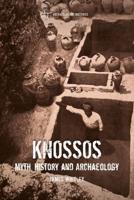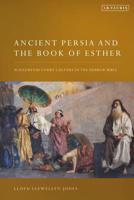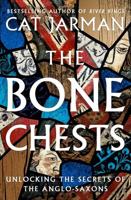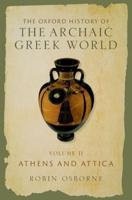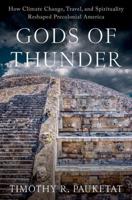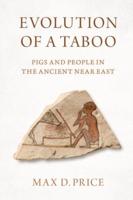Publisher's Synopsis
Excavations in advance of gravel extraction on a 10ha site revealed a landscape occupied from the Later Bronze Age to the early Roman period, with later use in the Medieval period. The site published here complements a significant excavation to the south which had produced evidence for the earliest iron working in Britain. The results help to set the south site into its local landscape context, and also cover a longer timespan. A single Middle Bronze Age pit was followed by numerous Late Bronze Age to Early Iron Age pits, best classed as a dispersed open settlement. Finds of smelting slag from this period confirm the early dating for the iron working found to the south. Middle and Later Iron Age features also mostly comprised pits and postholes with no clear structural associations, although a ring ditch and up to a dozen post-built roundhouses can be projected and the continuation of a large enclosure from the earlier site. An area of industrial activity included more iron production from the 6th century BC onwards. Three pit alignments were also identified, one containing a density of iron slag. One pit also contained a quantity of acorns, a rarity on British sites.




